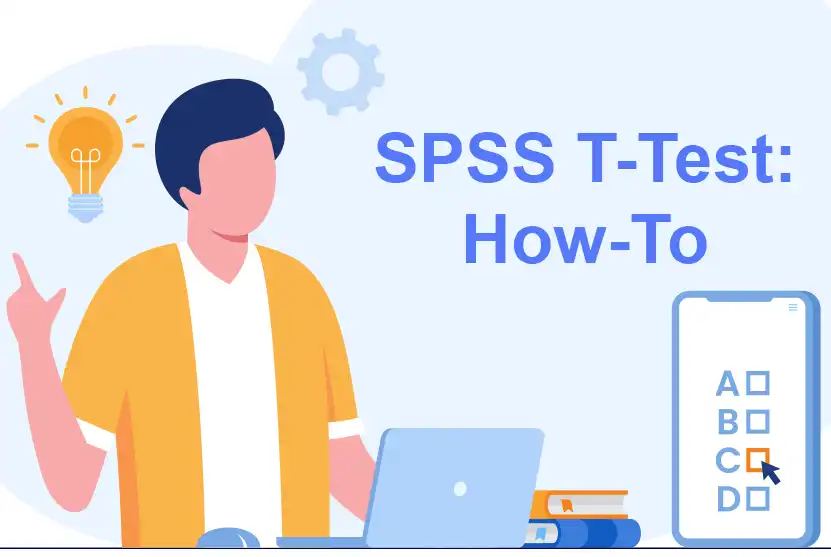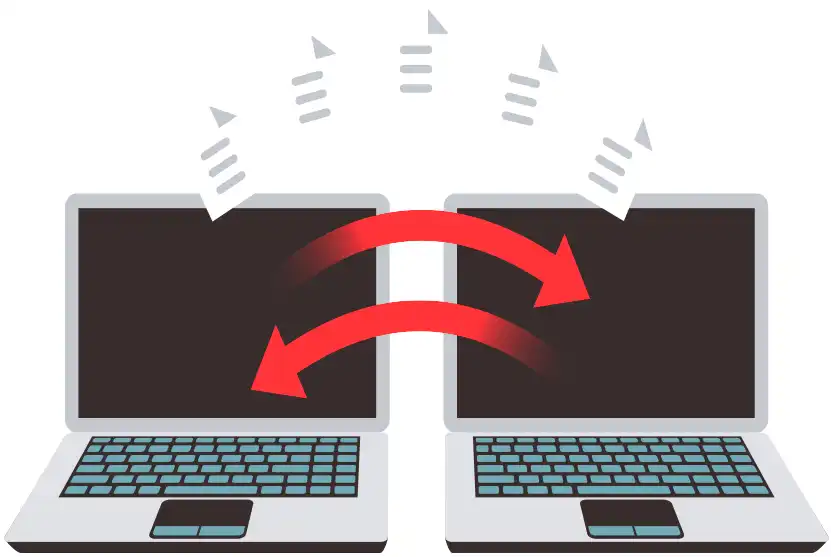T-test in SPSS
SPSS is one of the conventional technologies used to run the t-test. Before you embark on your SPSS test for independent samples, there are three important things that you should do:
- Develop a hypothesis statement
- Decide if your test is one-tailored or two-tailored
- Provide your alpha level
Once you have done all this then follow these simple steps to carry out a t-test on SPSS:

- We are assuming that you already have and know the data that you want to use for the test. So open the worksheet with this data
- Define your variables. What do you want to perform a t-test on? For example, if you want to compare the salaries of male and female workers, you can define the variable “sex” (male or female). If you do not know how to go about this, you can find an expert here to assist you.
- On the main menu, click on "analyze". A drop-down menu will pop up, click on "compare means." Lastly click on "independent sample t-test."
- On the left windowpane, choose the dependent variable. You can move the variables to the test variables window using the arrow button at the top
- On the left window, choose your independent variable
- Select "define groups." In our example, type 1 will be on the group one box, which is male, and type two will be on the group 2 box, which is female.
- Click on the continue button and then OK. SPSS will perform the calculations and provide you with the results on a new window.
The Output of a T-test in SPSS
The output of a t-test in SPSS will include the following:
Levine's test for equal variance
This test appears in the first section of the independent samples test box. You should only use the first line in the output table if the significance level is greater than 0.5. Consequently, use the second row of results if the value is 0.5 or lower.
Sig (2 tailed)
You should use the value shown in Levine's test. In our example, a p-value above 0.5 means that there is no significant difference in the salaries.
Assumptions made for the independent samples T-test
Are there any assumptions that you should make when carrying out an independent samples T-test? Yes there are and we have listed them below:

Assumption of independence
Your data should have two independent, categorical groups. These groups will represent your independent variable.
Assumption of normality
The dependent variable should have a normal distribution. It should also be measured on a continuous scale.
Homogeneity of variance
The dependent variable’s variances should be equal.
If you have any questions about the T-test in SPSS, then do not hesitate to get in touch with us. Our team of professionals will be of great help.